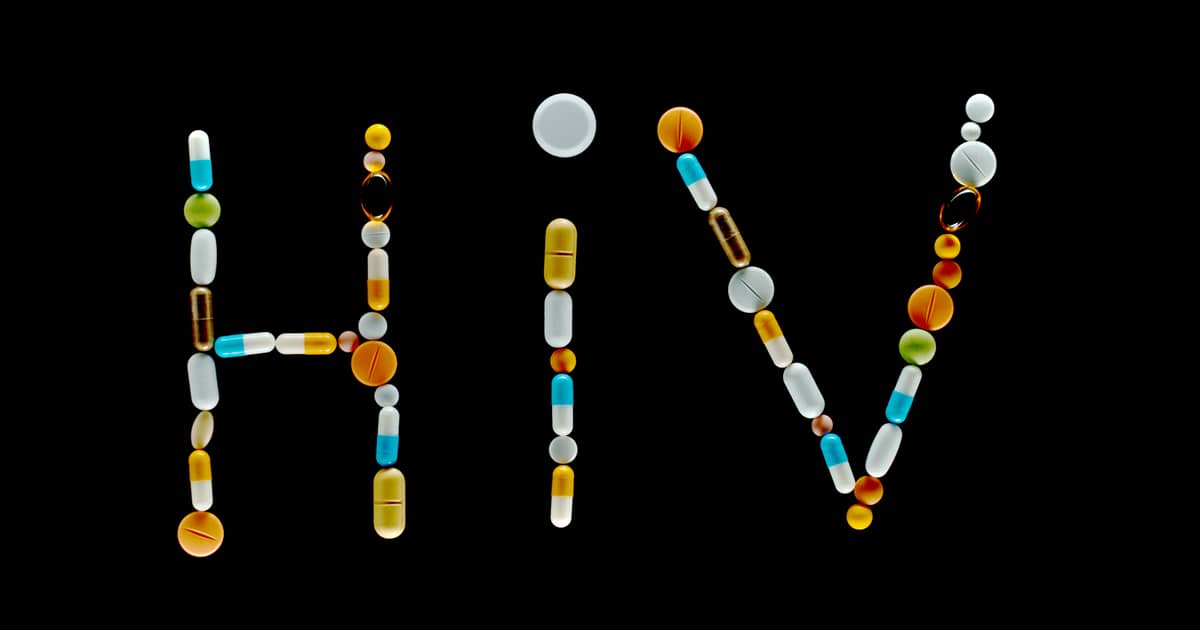For decades, HIV has been central to our global health conversations. While treatments have made incredible progress, the goal of a vaccine has remained elusive. Now, with new research and strategies—like the promising two-dose approach—we’re closer than ever to making an HIV vaccine a reality.
Why Is It So Hard to Create an HIV Vaccine?
Developing an HIV vaccine has been anything but simple. HIV is tricky—it mutates constantly, always changing to dodge the immune system. Early trials, like the RV144 study in Thailand, gave us hope. It showed a vaccine might work. But it wasn’t the breakthrough we were waiting for. Still, those early efforts weren’t a waste. They taught us a lot about how the virus works and set the stage for the promising progress we’re seeing today.
What’s Different About the Two-Dose Strategy?
The two-dose strategy is giving us some real hope in the search for an HIV vaccine. Here’s how it works: it helps your body produce neutralizing antibodies, which are your immune system’s best defense against viruses like HIV. What’s really promising is that instead of needing lots of booster shots, this approach could give long-term protection with just two doses. Early findings from MIT show this could be a big deal.
But what really makes this approach stand out is how practical it is. Fewer doses mean fewer trips to the clinic—and that’s especially important in places where getting to a doctor isn’t always easy. For communities hardest hit by HIV, this could make prevention more accessible and more sustainable.
What Can We Learn from mRNA Vaccines?
Remember how fast the COVID-19 vaccines were developed? A big part of that success was thanks to mRNA technology. Now, scientists are trying to apply that same technology to HIV. Moderna is already testing mRNA-based HIV vaccines, and it’s looking promising source: Moderna.
The beauty of mRNA vaccines is that they’re adaptable. If HIV mutates (which it often does), the vaccine can be tweaked to match the new strains. It’s kind of like giving your immune system a heads-up on what’s coming, so it knows exactly how to fight back.
Broadly Neutralizing Antibodies: A Multi-Strain Defense
Another exciting breakthrough in HIV research is broadly neutralizing antibodies (bNAbs). What sets these antibodies apart is their ability to fight off multiple strains of the virus, making them a key player in the effort to prevent HIV. Studies, like the AMP trial, are already testing how well bNAbs can stop transmission.
But the benefits of bNAbs don’t stop there. These antibodies may also help combat other infections that often come hand-in-hand with HIV, like gonorrhoea or syphilis. It’s an approach that could have a far-reaching impact on global health
Prime-Boost Vaccines: A One-Two Punch for Your Immune System
These days, one of the things researchers are getting pretty excited about is what they’re calling the prime-boost strategy. It’s actually quite straightforward. You start with one vaccine to “prime” your immune system, sort of like giving it an introduction to what it’s going to face. You then follow up with a second shot to “boost” the effect that gives your immune system a stronger, longer-lasting defense against whatever’s coming its way. Kind of like prepping your body’s defenses and then giving it an extra push. The idea is that this leads to a much stronger and longer-lasting immune response—like a solid one-two punch.
For people in high-risk areas, where getting regular access to HIV PEP or STD testing isn’t so easy, this could be a real game-changer. Fewer doses, longer protection—it just makes the whole process a lot more manageable, especially for communities that might struggle with regular healthcare access. We’re not there yet, but it’s definitely a step in the right direction.
Lenacapavir: The One-Dose Wonder That Could Change HIV Prevention
Vaccines are crucial, no question, but there’s something else in the toolkit now that’s pretty exciting: lenacapavir. This long-acting antiviral can protect people for up to six months with just one dose—yep, one. It’s hard not to be impressed by that. What makes lenacapavir different is how it works. It targets the HIV capsid (basically the protective shell around the virus) and keeps it from replicating and spreading source: Lenacapavir Clinical Trials.
But what’s even more interesting is how lenacapavir could work together with vaccines. By combining this kind of long-acting antiviral with vaccines, we could offer even more protection to those most at risk, like MSM (men who have sex with men). It’s another step toward making HIV prevention even more effective.
The Bigger Picture: Why This Really Matters
These breakthroughs aren’t just about developing a vaccine. They’re about making sure it actually reaches the people who need it the most. In low-income areas, where getting regular access to STD testing or HIV testing can be a real challenge, fewer doses and fewer clinic visits could change everything. It’s not just about science—it’s about accessibility.
Organizations like UNAIDS and WHO are going to play a huge part in this. Their role will be making sure these innovations get to the places that need them, and get there on time. Because it’s one thing to create a vaccine, but it’s another thing entirely to make sure it reaches everyone who could benefit from it.
What’s Next? The Challenges Still Ahead
Of course, any big breakthrough comes with its own set of roadblocks. And we’re not out of the woods yet. There’s still a long list of things that need to be worked out—things like more safety testing, getting through regulatory hoops, and, maybe the toughest part, convincing people to trust something new. And honestly, I don’t blame anyone for being hesitant. Vaccines, especially newer ones, come with a lot of mixed messaging. Building that trust is going to be a major hurdle .
Then there’s stigma. And it’s still a big issue, particularly around STD symptoms and HIV symptoms. Too many people wait too long to get help because they’re afraid of judgment, and that needs to change. It’s on us to create an environment where people can talk openly about these things and feel comfortable getting the care they need—without fear, without shame.
Looking Ahead: The Future of HIV Prevention
We’re at a really interesting point in HIV prevention. Honestly, there’s so much happening right now—whether it’s the two-dose vaccine strategy that’s got everyone talking, lenacapavir, the promising mRNA vaccines, or even the bNAbs (broadly neutralizing antibodies).
Are we getting closer? Absolutely. But it’s going to take time—there’s no overnight fix. What’s important, though, is that we’re moving in the right direction. It’s not just about finding one big solution. It’s all the little steps that count, the steady research, the collaboration, the innovation that will eventually get us there. And each of those steps is making a difference.

